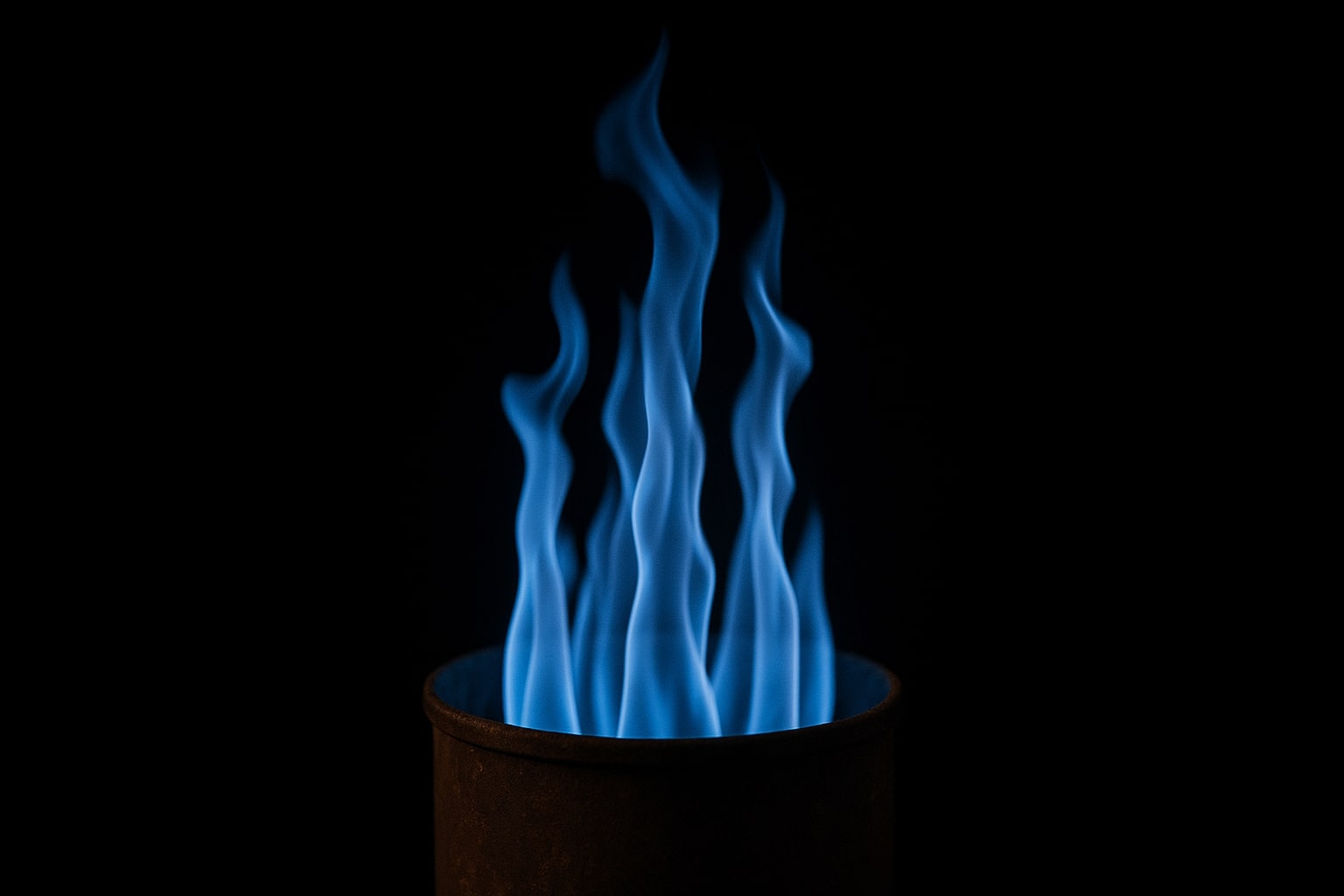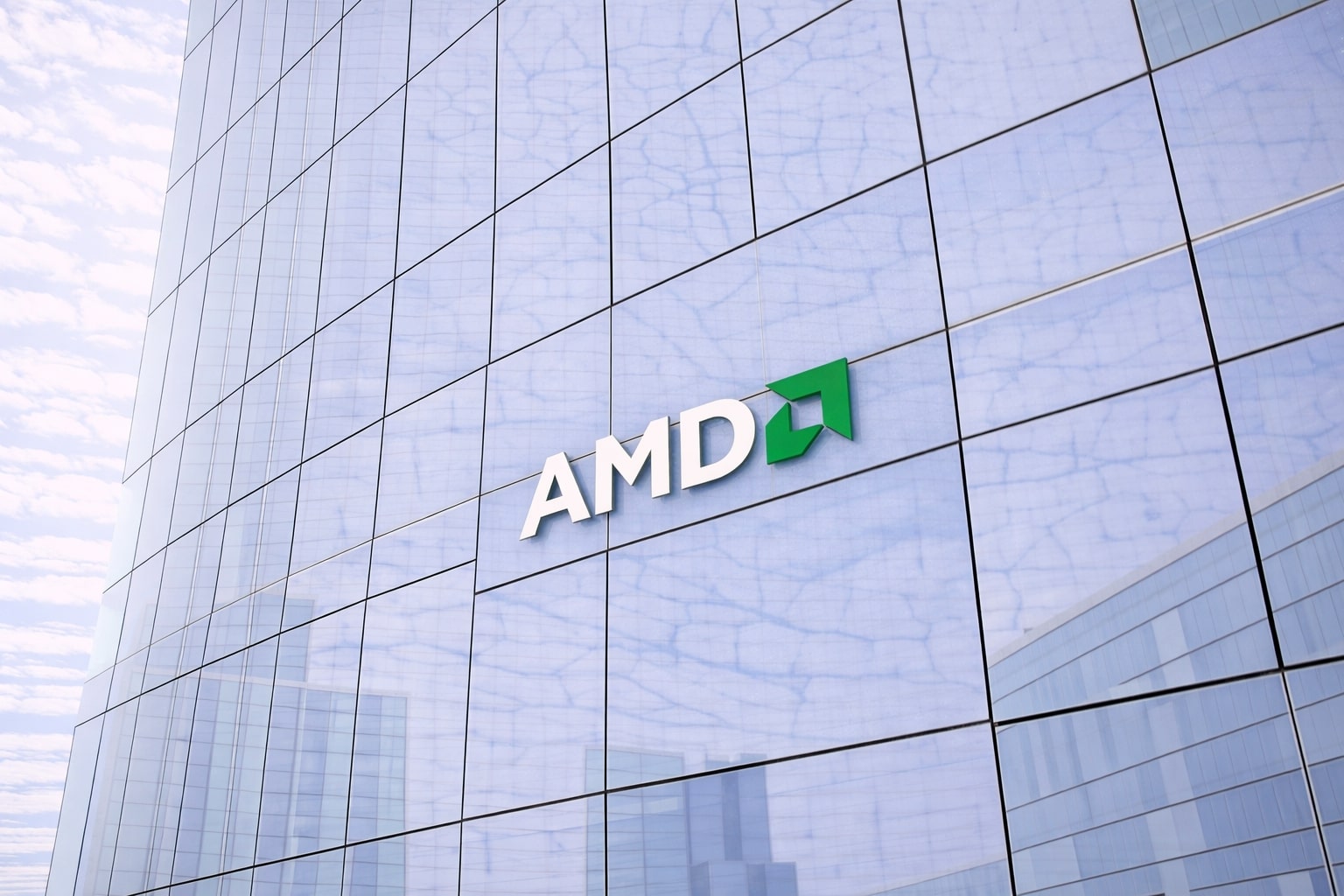Natural Gas (NG=F) Surges as Inventory Surprise and Heatwave Support Prices
Natural gas futures (NG=F) bounced sharply to $3.337/MMBtu, climbing 3.8% on the day, after the U.S. Energy Information Administration (EIA) reported a smaller-than-expected injection of 53 Bcf into storage for the week ending July 4. That print missed consensus expectations of 61 Bcf and aligns with the 5-year average, but the market interpreted it as bullish given the broader tightening in supply-demand dynamics. Inventories currently stand at 3,006 Bcf, which is 173 Bcf (6%) above the five-year average, but still 184 Bcf (6%) below levels seen last year, leaving traders on edge ahead of the peak summer demand window.
Weather Risk and Power Demand Ignite Short-Term Bullish Pressure
Forecaster Vaisala projected above-normal temperatures for the U.S. West between July 20–24, reversing the cooler shift seen in the Midwest and East from July 14–23. That re-acceleration of heat led to a 36% jump in gas-fired power demand across the Western U.S. by July 10. Cooling-driven usage is pushing spot prices higher across California and the Pacific Northwest, where SoCal Citygate rose to $4.27/MMBtu and PG&E Citygate jumped to $3.47/MMBtu. At Northwest Sumas, a key hub near Canada, prices surged from $0.49 to $2.01/MMBtu, as pipeline capacity tightened following outages at the Meacham compressor station.
With air-conditioning loads rising and electric utilities ramping output, the Edison Electric Institute noted that U.S. electricity generation hit 93,747 GWh in the week ending July 5, up 1% YoY, and up 2.4% YoY over the 52-week period, signaling structurally higher demand for gas-fired baseload generation.
Supply Growth Slows as Rig Count Wobbles
Dry gas production remains stable but is no longer accelerating. U.S. dry gas output averaged 106.2 Bcf/day, down 0.6% from the prior week, while total supply fell by 0.7 Bcf/d. Meanwhile, Baker Hughes reported that the number of active gas-directed rigs slipped by 1 to 108 rigs, capping off a downward trend from the 15-month high of 114 rigs in early June. The U.S. rig count is now down 46 YoY, and signs of restraint are emerging even in prolific basins like the Marcellus and Arkoma Woodford, which each lost a rig.
That rig stagnation comes as Enbridge (ENB) seeks a 12.37% rate hike for North Carolina gas customers. The proposal would raise monthly winter bills from $129.26 to $139.30, underscoring higher cost pass-throughs and signaling structural utility investment that will reinforce natural gas infrastructure demand.
European Gas Storage and Flexible Targets Dampen Global Panic Buying
Across the Atlantic, natural gas prices in Europe (Dutch TTF) rose 2% to €35.55/MWh amid a severe heatwave. EU-wide storage stands at 61%, lower than the 71% five-year seasonal average, but the European Commission’s flexibility around storage mandates has reduced pressure to accelerate purchases. LNG flows remain robust, in part thanks to weaker Chinese demand freeing up spot cargoes for Europe.
East Asian LNG prices are averaging $13.12/MMBtu, while European front-month TTF gas futures sit at $11.67/MMBtu, offering a wide arbitrage that continues to pull 16.0 Bcf/day of U.S. gas into LNG terminals — a 0.2 Bcf/d increase week-over-week. Twenty-seven U.S. LNG vessels carrying a total of 104 Bcf departed U.S. ports during the first week of July, feeding Europe’s flexible buying spree.
Resistance at $3.60 Looms as Technicals Tighten
Technically, natural gas (NG=F) has rebounded from a near-term bottom at $3.16, and now oscillates near $3.38. The EMA cluster between $3.32 and $3.46 is acting as a dense resistance zone, and Bollinger Bands on the 4-hour chart are compressing, indicating a volatility squeeze. The RSI sits at 60.9, just below the bullish 70 threshold, while MACD has flipped into positive territory.
A confirmed break above $3.60 is required to unlock upside toward $3.80, but failure to breach this key level risks mean-reverting price action back to the $3.20–3.25 support band. The descending trendline from $4.15 highs still dominates the long-term picture, with a breakout needed to shift sentiment from neutral to bullish.
Storage Outlook: Refill Pace Could Hit 3.9 Tcf Before Winter
Even with a slightly bullish injection this week, analysts warn that storage builds remain historically aggressive. The total injected volume this refill season stands at 1,233 Bcf, the second-largest since 2010. If the injection pace of 7.7 Bcf/day continues, the U.S. will end October with 3,926 Bcf in storage, or 173 Bcf above the 5-year norm. That ceiling — and potential test of 4.0 Tcf — is capping the upside in longer-dated contracts.
Meanwhile, near-term contracts like NGQ25 (August) are trading at $3.337/MMBtu, while the full 12-month strip has slipped to $3.881/MMBtu, a 16-cent drop week-over-week, showing that the back end of the curve remains soft despite front-month momentum.
Retail Rate Hikes Confirm Structural Utility Gas Support
Beyond futures and macro inventories, utility rate movements are flashing a medium-term bullish bias for natural gas. Enbridge, serving 667,000 North Carolina customers, is seeking $84.9 million in additional revenue, which would hike the average annual residential bill by $76.20. The proposed 12% increase is just below the 13% inflation rate since the last 2021 adjustment.
Enbridge has already disbursed $1 million in bill credits to low-income users and has pledged another $4 million over four years. This combination of higher consumer rates and embedded support programs will increase throughput certainty, which ultimately benefits midstream and upstream providers reliant on regulated pipeline volumes.
Short-Term Sentiment Bullish, Long-Term Structure Still Cautious
Despite the 3.8% rally and bullish storage miss, the broader structure of the natural gas market remains tethered to weather volatility and supply discipline. The Henry Hub cash price has softened to $3.08/MMBtu, down from $3.13 last week, while international benchmarks are more buoyant due to climate shocks and geopolitical supply sensitivity.
Still, natural gas bulls have reclaimed key short-term territory, and with European heatwaves raging, LNG exports near record highs, and rig count momentum fading, upward pressure could extend toward $3.60–$3.80 if weather remains extreme into late July.
Buy/Sell/Hold Verdict: Natural Gas (NG=F) is a Short-Term Buy, Long-Term Neutral
Backed by a supply surprise, rising global power demand, and a low rig count, NG=F has tactical room to rise another 6%–12% toward the $3.80 resistance if heat continues and inventories don’t overshoot. But longer-term upside is limited by heavy refill volumes and a soft back end in the futures curve. Traders may consider buying dips toward $3.25–3.30 with targets near $3.75–3.80, but holding beyond that zone lacks macro justification unless a supply shock emerges.

















